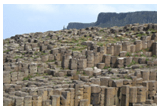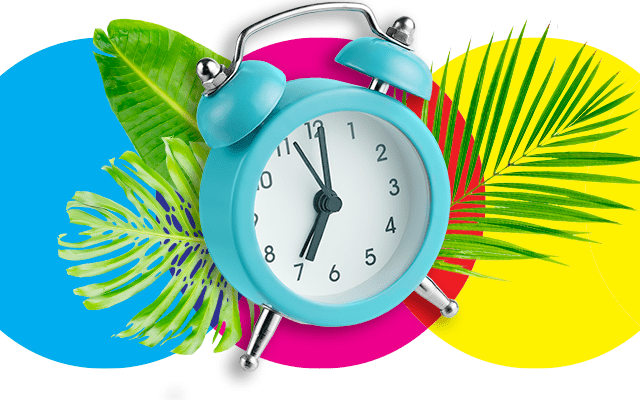Can you imagine printing barcodes on labels made of something other than paper? Like stone or mushrooms? Yes, it’s possible! The ecology movement promotes these alternative solutions from sectors other than the forestry industry.
Your labels and packaging can now be made from materials that will certainly surprise you. As these materials are entirely ecological, durable and water-resistant, using them will help build your reputation as a sensible and eco-friendly manufacturer. Below are the five.
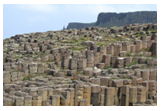
Limestone is an interesting alternative for manufacturing labels. This process requires very little water, energy and bleaching. In addition, these labels can be recycled just like regular paper and possess characteristics that are highly valued by manufacturers: good water resistance and excellent ink adhesion.
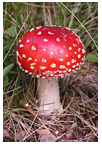
Simple and efficient to produce, materials made from mushroom roots require little light, water and fertilizer. Mushroom roots take on the shape of the containers in which they are cultivated and so become packaging materials that aim to replace polystyrene. At the end of their lifecycle, these materials can be composted, thereby reducing the amount of waste sent to landfills and, consequently, greenhouse gas emissions.
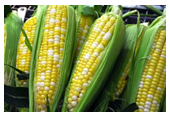
Corn is the main plant source of polylactic acid, or PLA. Both PLA and corn are easy to produce, renewable materials, compostable or recycled through chemical conversion into lactic acid. Labels or other materials made from corn are water-resistant and durable.
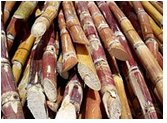
During the production of sugar, sugar cane fibers can be collected and used to make paper. Since these fibers, also known as “bagasse,” can be bleached easily, the chemical bleaching process is much less intensive; an alternative that is good for the environment! In addition, labels made from bagasse, like any other bioproduct, can be composted in an industrial composting site.

These are in fact natural fibers such as abaca (banana trees native to the Philippines), hemp or any other fibers from wild grasses. Labels made from these fibers have better technical performance than labels made from traditional paper in terms of tear-resistance.
Demand for biodegradable, compostable or recycled materials continues to grow and manufacturers need to continue to develop labels, paper or other forms of packaging from these new materials.
What about you? Are you ready to start using environmentally-friendly labels? We look forward to reading your comments!

